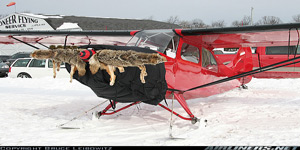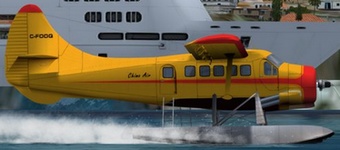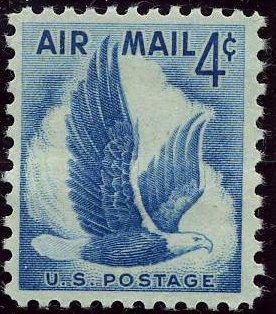How the company treated her after the incident? They gave her another job within Aer Lingus.
That news article is poorly written. It really doesn't give much information on the event its' self.
My best guess is that there were strong winds, quite possibly a
CAT (Clear-air turbulence), and/or a
Wake Turbulence problem.
If that was the case, she should have been aware that such conditions were an occupational hazard.
In fact, handling such events, should have been part of her training.
Her lawyer -
"said that in the last six seconds before the landing, the Airbus 320's rate of descent was as fast as 1,400 feet per minute, 'three to four times what it should have been'."To know what the rate and speed of decent should have been, you would need to know how heavy the aircraft was at the time, the speed of the aircraft, flaps settings, the runway length, and temperature/humidity, ground conditions, and a whole lot of other stuff that I don't know.
His statement
"that in the last six seconds before the landing, the Airbus 320's rate of descent was as fast as 1,400 feet per minute" sounds dramatic, but consider that 1,400 divided by 60 seconds in only 23.3 feet per second on an aircraft that's probably at a landing speed somewhere around 120 and 140kts (best guess, again).
I'm sure that she was surprised and, possibly, frightened by the suddenness of the event. But that doesn't absolve her of the fact such turbulence is part of her chosen "work place".
"Her counsel, Finbarr Fox SC, said Ms Reddin, an experienced cabin crew member whose lifetime ambition had been to work in that job," Lawyer BS to get more money.
Yes, she had her dreams and ambitions. We all do. Mine didn't turn out the way that I had dreamed either. Who do I sue???
"She said she now works in the social media section of Aer Lingus." She now has a more steady job with all of the benefits that come from working with an airlines.
I'll stick by my snarky
Poor baby quip until I'm proven wrong.
For what it's worthFlight Attendants - Career, Salary and Education InformationWork Environment
....
Flight attendants work primarily in the cabin of passenger aircraft. Dealing directly with the public and standing for long periods can be stressful and tiring. Occasionally, flight attendants must deal with turbulence, which can make providing service more difficult and causes anxiety in some passengers. Although rare, dealing with emergency situations and unruly customers can also be difficult and cause stress.
Flight attendants spend many nights away from home and often sleep in hotels or apartments shared by a group of flight attendants.
Work Schedules
Most flight attendants work full time, but they usually have variable schedules. Flight attendants often work nights, weekends, and holidays because airlines operate every day and have overnight flights. In most cases, a contract between the airline and the flight attendant union determines the total daily and monthly workable hours. A typical on-duty shift is usually about 12 to 14 hours per day.

 People Eating Tasty Animals.
People Eating Tasty Animals.
























 People Eating Tasty Animals.
People Eating Tasty Animals.
